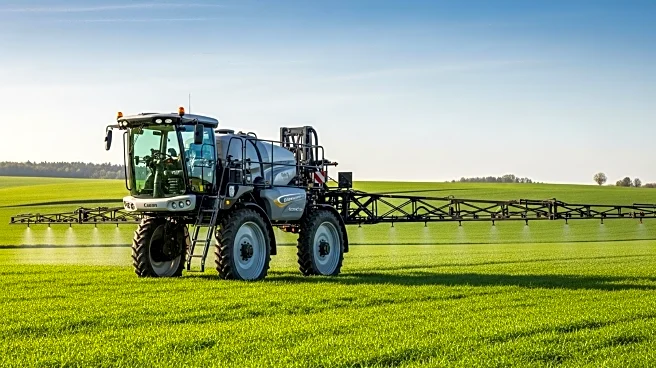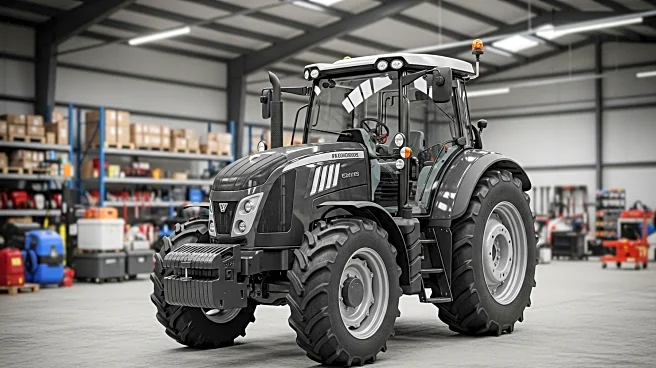What is the story about?
What's Happening?
Gurunanak Agriculture India has initiated its Rs 29 crore Initial Public Offering (IPO) on the NSE SME platform. The IPO, which consists of 38.4 lakh fresh shares priced at Rs 75 each, is set to close on September 26. The company plans to use the capital raised to establish a new harvester manufacturing unit and address its working capital needs. The IPO structure includes a reservation of 1.92 lakh shares for the market maker, Anant Securities, while the remaining shares are equally divided between retail investors and non-institutional investors, each receiving a 47.5% share of the net issue.
Why It's Important?
The launch of Gurunanak Agriculture's IPO is significant as it reflects the company's strategic move to expand its manufacturing capabilities and improve its operational efficiency. By establishing a new harvester manufacturing unit, the company aims to enhance its production capacity, potentially leading to increased market share in the agricultural equipment sector. This development could have broader implications for the agricultural industry, as improved manufacturing capabilities may lead to more competitive pricing and innovation in harvester technology. Investors and stakeholders in the agricultural sector may benefit from the company's growth and increased production capabilities.
What's Next?
Following the closure of the IPO on September 26, Gurunanak Agriculture's shares are scheduled to list on the NSE SME on October 1. The listing will provide investors with an opportunity to trade the company's shares, potentially influencing its market valuation. The company's focus on expanding its manufacturing unit may attract further investment and partnerships, enhancing its position in the agricultural equipment market. Stakeholders will be watching closely to see how the company utilizes the raised capital and whether it can achieve its growth objectives.
Beyond the Headlines
The IPO launch by Gurunanak Agriculture highlights the growing trend of small and medium enterprises (SMEs) seeking public funding to expand their operations. This move underscores the importance of SMEs in driving innovation and growth within the agricultural sector. The company's focus on manufacturing efficiency and capacity expansion may also contribute to broader economic growth, particularly in rural areas where agricultural activities are predominant.
AI Generated Content
Do you find this article useful?














